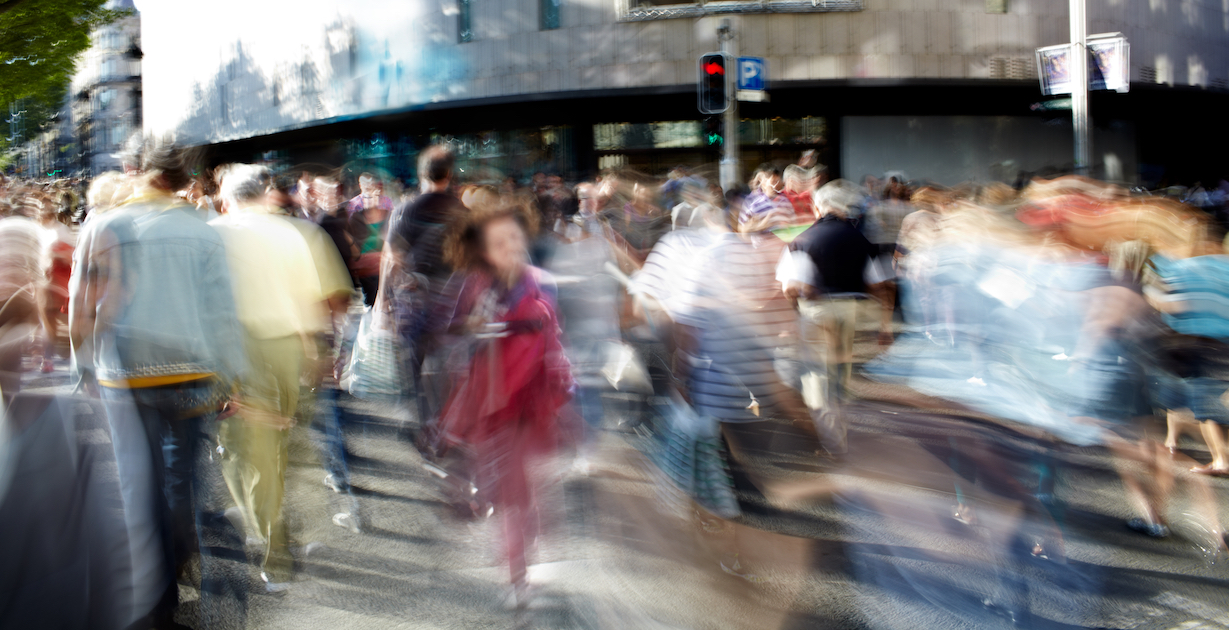Research

As humans, we interact with the world through our senses—vision, hearing, touch, taste, and smell—and on the basis of sensory interactions with the world, our realities take on form and meaning. In our everyday lives, we are exposed to a constant influx of highly varied sensory input, and through an active process of perception, we isolate, organize, interpret and evaluate this sensory input. At times, we also need or want to describe our experiences to other people.
Effective communication of sensory experiences is desirable in—indeed fundamental to—many everyday situations, such as doctor’s appointments, conversations about the weather, giving directions, and shared appreciation of food, drink, nature, art, and music, and yet little is known about the ways in which sensory meanings are conveyed in authentic communication, and to what extent and in what ways languages, cultures, and people differ in their preferred ways of communicating such experiences.
Under sensory landscapes, we present research that broadly considers different ways of communicating sensory experiences across different languages and cultures and through different modes of communication. Under sensory language in ASD, we present research that explores communication of sensory experiences by individuals with Autism Spectrum Disorder.
